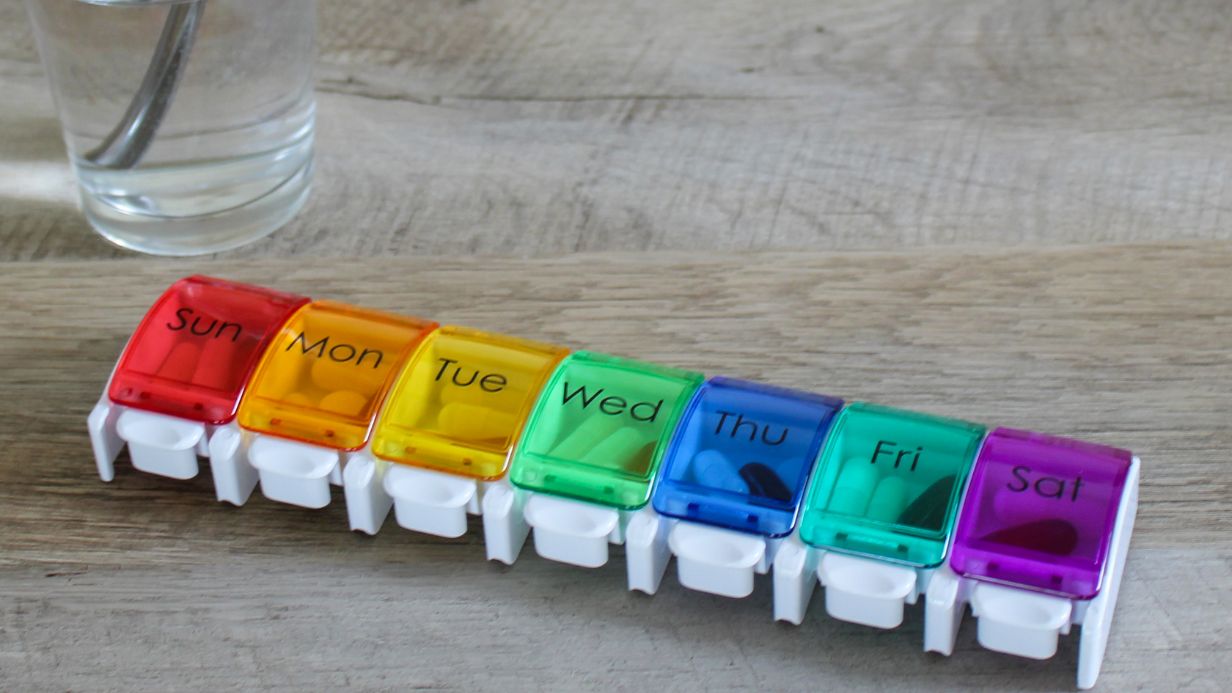Arthritis is one of the leading causes of diseases in the U.S. According to the Arthritis Foundation, the disease impacts nearly 53 million Americans—and that number is predicted to hit 67 million by the year 2030—which means 1 in every 5 adults suffers from it.1 The causes of arthritis for most individuals are out of their control—family history of the disease, age, sex, previous joint injury, and obesity.2 Most often detected by symptoms of pain, fatigue, and stiffness in the joints, arthritis pain can be so severe for some individuals that they’re unable to perform daily activities and functions. If arthritis is in the hands and arms, mobility and range of motion activities difficult. In weight-bearing joints—the hips, knees, and ankles—arthritis can make walking, standing, or even sitting painful.
In general, arthritis is noted by the pain in joints, but the two most common kinds—osteoarthritis and rheumatoid arthritis—hold significant differences. Osteoarthritis is when cartilage tissue around the bones breaks down, while rheumatoid arthritis is when the joints are attacked by the immune system.2 But rheumatoid arthritis goes even further than joint pain, as it damages other body parts as well. In fact, Mayo Clinic reports that of those people who suffer from RA, around 40% also experience symptoms of the skin, eyes, lungs, heart, kidneys, and more.2
As a result of the commonality of the disease, a lot of studies have gone into arthritis research. Though most of the causes of the disease are out of your control, there are things you can do to help manage your symptoms. Oftentimes a doctor will prescribe medication like an anti-inflammatory, but here are a few things you can do on your own to combat symptoms.
- Exercise: Keeping your body moving can help ease pain and symptoms. One of the best things for whole body health or any health condition is diet and exercise. The Arthritis Foundation reports that losing weight from proper diet & exercise can help ease the symptoms and pain from arthritis. Less body weight reduces pressure on joints, preserves cartilage, and reduces inflammation. The good news? Exercise doesn’t have to be every day or at a vigorous level. Anything to get your body moving will help set you on the right track. The Centers for Disease Control and Prevention found that nearly three-fourths of adults reported walking as their most common physical activity. Gardening and weightlifting were other common activities reported. These physical activities can help “reduce pain, disability and functional limitations, and improve mental health and quality of life.” Unfortunately, only one-third of adults report being physically active, so if you’re one of those that falls into the majority that doesn’t, starting a short, daily walk will be a great start.
- Sleep: Proper sleep habits can help decrease fatigue. Create a sleep routine that works for you that you’ll be able to follow daily. Choose the same time to go to sleep every day. Don’t eat or drink anything a couple of hours before bedtime, as that can disrupt your body’s melatonin production and sleep cycles. Sleep in a dark room. Turn off electronics so you avoid harmful blue light from screens that will get in the way of your sleep cycle. Make your space and preparation for sleep dark, quiet, and calming.
- Life balance: Make sure your health is always a top priority, no matter what you do or where you are. Take time to rest and relax amidst the busyness of daily life. Whether you’re able to take a nap, do breathing exercises, or just making sure you get small breaks during the workday, prioritize balance of activity and rest.
- Other modalities: The Arthritis Foundation suggests options such as hot/cold therapies—like warm baths to relax sore muscles or cold packs to slow blood circulation and reduce inflammation—and mind-body techniques like meditation, yoga, or tai chi to align the connection between your mind and body.
- Stop smoking: If you’re a smoker and have arthritis, you have one more reason to stop. Studies have shown that smoking can lead to worse arthritis symptoms. In addition to lung health and cancer risk, smoking can negatively affect bones, joints, and connective tissue. In a 2016 study in Arthritis Care & Research, death rates were almost double that for smokers than non-smokers. In a pair of other studies discussed by the American Academy of Orthopedic Surgeons, smokers had 10 times higher rate of needing a surgery do-over after knee surgery. Finally, in a study published in Arthritis & Rheumatism, smokers with rheumatoid arthritis were found to have worse symptoms and joint damage than non-smokers.
In addition to the suggestions listed above to help with symptoms, use things like adaptive aids to help with any mobility issues you experience from your arthritis. If you’re taking any medications or supplements for your arthritis, make the process easier with a convenient pill container. Push-and-twist medication caps can be difficult for someone who has arthritis in their hands, for example. Organizing medications on a weekly basis cuts back on the number of times you have to work with those tricky caps. It also helps you to remember whether or not you’ve taken your daily pills. With compartments with a rounded base, the pills are easy to slide out, and push buttons take much less effort and movement when hand dexterity is an issue.
While arthritis pain and symptoms can be difficult to tolerate, they don’t have to stop you from doing the activities you love. In fact, some of those activities—like exercising, gardening, or yoga—will help you stay healthier and experience less symptoms. Take charge of your arthritis symptoms and get back to feeling your best.
*Apothecary Products encourages you to speak with your doctor about the right recommendations if you are suffering from arthritis.
References
- Arthritis Foundation: May is National Arthritis Awareness Month. http://blog.arthritis.org/news/arthritis-awareness-month/
- Mayo Clinic: Arthritis. https://www.mayoclinic.org/diseases-conditions/arthritis/symptoms-causes/syc-20350772
- Arthritis Foundation: How Shedding Pounds Eases Arthritis Symptoms. http://blog.arthritis.org/living-with-arthritis/shedding-pounds-eases-arthritis-symptoms/
- Centers for Disease Control and Prevention: Walking and Other Common Physical Activities Among Adults with Arthritis. https://www.cdc.gov/mmwr/volumes/70/wr/mm7040a3.htm?s_cid
- Arthritis Foundation: Fighting the Fatigue of RA. http://blog.arthritis.org/rheumatoid-arthritis/fighting-ra-fatigue/
- Arthritis Foundation: 5 Reasons Smoking Makes Arthritis Worse. http://blog.arthritis.org/living-with-arthritis/smoking-risks-ra-oa/

